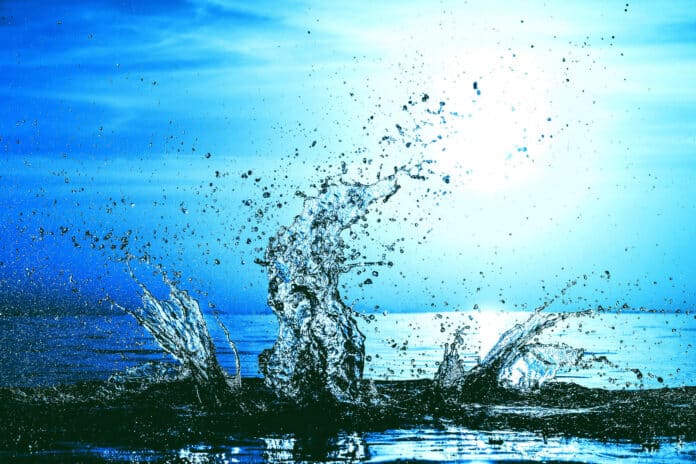Salt is a natural resource that hides tiny droplets of the seawater from which it came. These droplets preserve the geologic history of the world.
The new study examined the formation of sea salt (halite) in sedimentary basins in the United States, Europe, Asia, and Africa over the past 150 million years. There were tiny pockets of ancient seawater within the salt samples.
Tim K. Lowenstein said, “The ocean is like a giant soup of different elements; Sodium and chloride are the most common ones. However, there are dozens of others dissolved in seawater in trace amounts such as lithium.”
A postdoctoral fellow at Princeton University and a Distinguished Professor of Earth Sciences at Binghamton University, Tim Lowenstein, were able to reconstruct changes in seawater chemistry over the last 150 million years using specialized equipment obtained from the National Science Foundation. They gained insight into climate change and related geological processes. In the past two decades, scientists have been trying to find what causes the long-term changes in saltwater composition.
According to the researchers, the decrease in oceanic crust creation and seafloor hydrothermal activity, controlled by tectonic plate movements, are the main causes of the decline in lithium concentration in saltwater. Over the past 150 million years, plate action has slowed down. As a result, less lithium has been added to the ocean, and less carbon dioxide has been released into the atmosphere, which has finally caused global cooling and the current ice age. There was more lithium in the water 150 million years ago, the world was warmer, and there was more carbon dioxide in the atmosphere.
The scientists drilled holes into the salt crystals with a laser to reach the small droplets. Then they utilized a mass spectrometer to examine the various trace elements. In their study, they concentrated primarily on the concentration of lithium. This trace element experienced a seven-fold decline over the previous 150 million years, concurrent with increased magnesium-to-calcium ratios.
Weldeghebriel said. “There is a close link between ocean chemistry and atmospheric chemistry. Whatever changes happen in the ocean also reflect what’s happening in the atmosphere.”
Researchers have made important advances in understanding the chemistry of Earth’s ancient oceans and how tectonic plate movement has altered the makeup of our planet’s hydrosphere and atmosphere. The effects of such chemical changes can also be seen in biology, such as in the calcium carbonate shells of marine animals.
The researcher said, “The oceans and atmosphere are connected to one another, and how they change is related, Everything is connected.”
Journal Reference:
- Mebrahtu F. Weldeghebriel, Tim K. Lowenstein et al. Seafloor hydrothermal systems control long-term changes in seawater [Li+]: Evidence from fluid inclusions. Science Advances. DOI: 10.1126/sciadv.adf1605
